
The owners of a holiday cottage in Bonchurch believe they’ve uncovered the inspiration behind the infamous Charles Dickens character, Miss Havisham.
The jilted bride was left at the altar in the iconic 1861 novel, Great Expectations, spending the rest of her life in solitude, dressed in a dusty old wedding gown.
Now it’s been revealed Bonchurch resident, Margaret Dick, suffered a strikingly similar fate, cutting herself off from society after being jilted at the altar in 1860 – while Dickens was writing his novel.
According to a guide of Bonchurch discovered by Alan Cartwright of Haviland Cottage, Dickens dined with Margaret Dick during his many stays in Bonchurch and Ventnor between 1838 and 1860.
Alan has been researching the local history since he took over the holiday cottage three years ago, with help from Ventnor Heritage Centre, Bonchurch Community Association, members of the Charles Dickens Fellowship, and others.
Alan said:
“In 1849, the author Charles Dickens moved to Bonchurch, Isle of Wight for a long summer. During this time, he enjoyed walking around Bonchurch village, Ventnor and the surrounding areas.
“He also got to know many people in the local community which influenced his writing. In fact, a few of these local characters found their way into some of his most celebrated literary works which have become some of the world’s favourite books David Copperfield (published 1850) and Great Expectations (published 1860).”
You’ll see key locations which influenced Dickens' literary works marked by a blue plaque around the village of Bonchurch and in Ventnor.
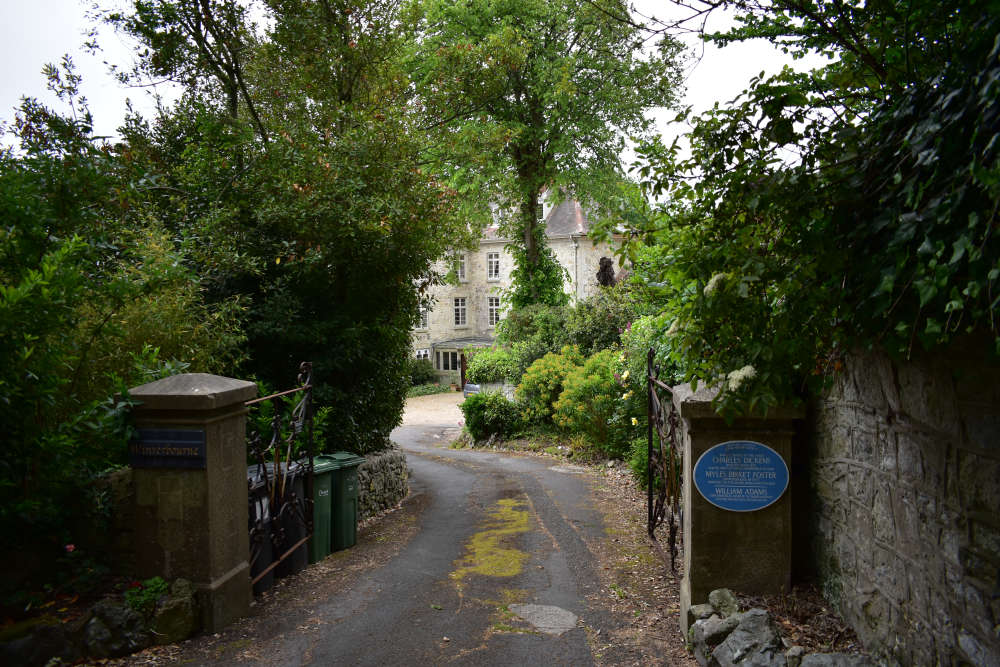
Winterbourne, where Charles Dickens stayed while on the Isle of Wight
Haviland Cottage itself is believed to have played a part in inspiring the story, with the name of its previous owner ‘Miss Haviland’ bearing a resemblance to the name used in the novel.
Ian Dickens, great-great-grandson of the iconic author and president of the Dickens Fellowship agreed with the findings:
“She was certainly an important inspiration.
“As an artist, you take elements from lots of people. But because they were friends it's too big a coincidence not to think that she influenced it.”
Margaret wasn’t the only member of the Dick family to inspire Dickens’ work. A character named Mr Dick also appears in David Copperfield, Dickens’ 1849 novel, which was written during his stay at Winterbourne Country House in Bonchurch.
Dickens was said to have enjoyed many walks with Margaret’s brother, Charles George Dick.
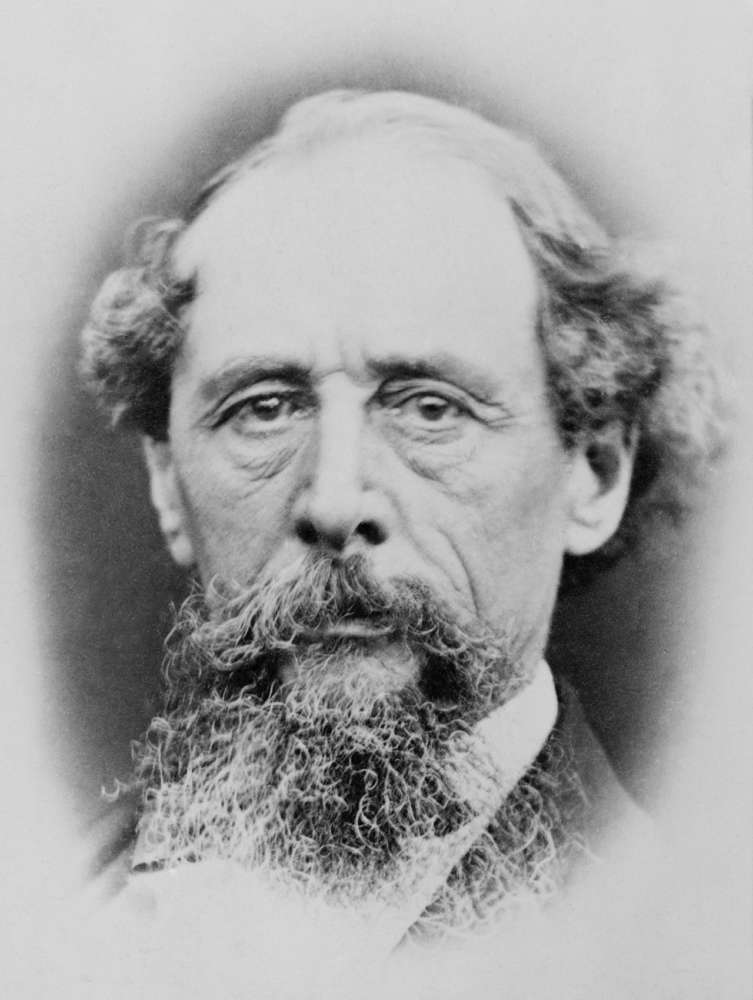
Alan Cartwright said:
“We discovered that two of his characters, Mr Dick and Miss Havisham, were based on villagers who were actually brother and sister.
“I'm absolutely certain that Mr Dick was named after his walking companion and I'm pretty certain that Margaret Dick inspired Miss Havisham.
“It's one coincidence too many — she knew him, was jilted, and the fact that it was all written in about 1860 when Miss Dick was left at the altar.
“And Havisham and Haviland is such a close switch, he often played around with names. Margaret Dick lived an isolated life but we have concluded that it must have been her.
“The discovery has been wonderful for me, for someone who is not a historian.”
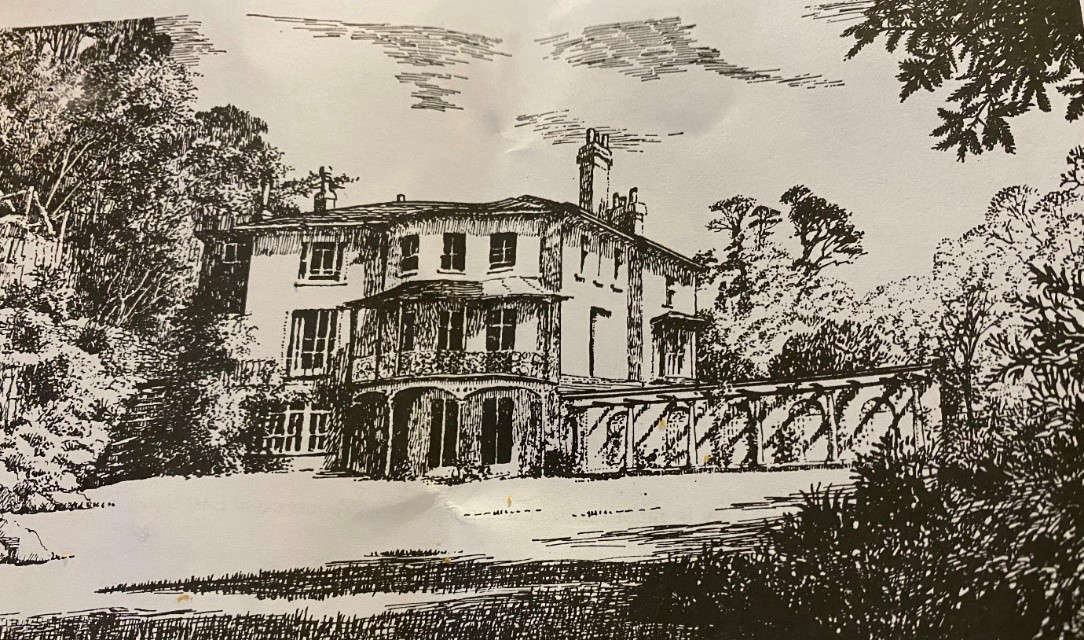
Uppermount, where Charles Dickens dined with the Dick family.
After being jilted at the altar, it is reported Margaret Dick retired to Ventnor's nearby Madeira Hall, where she lived out her years in the loft, while food was taken up to her through a trap door.
The BBC has recently announced a new adaptation of Great Expectations, with Olivia Colman cast as Miss Havisham. Release date still to be announced.
To read more of the research uncovered by Alan Cartwright and the team at Haviland Cottage, visit www.havilandcottage.com/dickens

 Former Patient Opens New Intensive Care Unit
Former Patient Opens New Intensive Care Unit
 Isle Of Wight Primary School Place Allocations Announced For September
Isle Of Wight Primary School Place Allocations Announced For September
 The Rules Islanders Need To Know For Police And Crime Commissioner Election Postal Voting
The Rules Islanders Need To Know For Police And Crime Commissioner Election Postal Voting
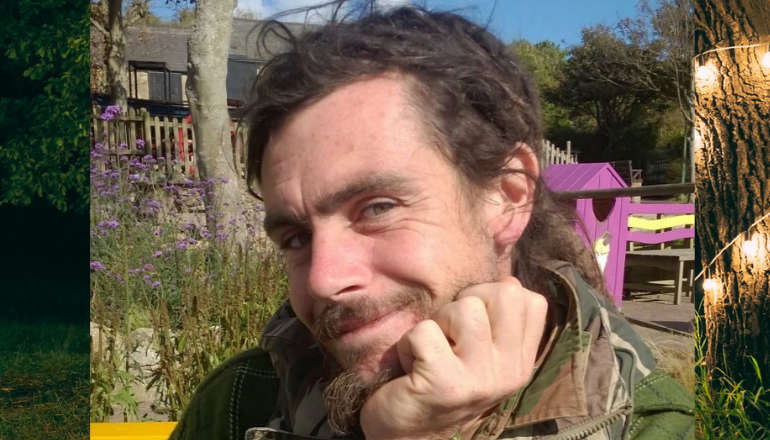 Family Pays Tribute To Paul Hart Following Fatal Newport Collision
Family Pays Tribute To Paul Hart Following Fatal Newport Collision
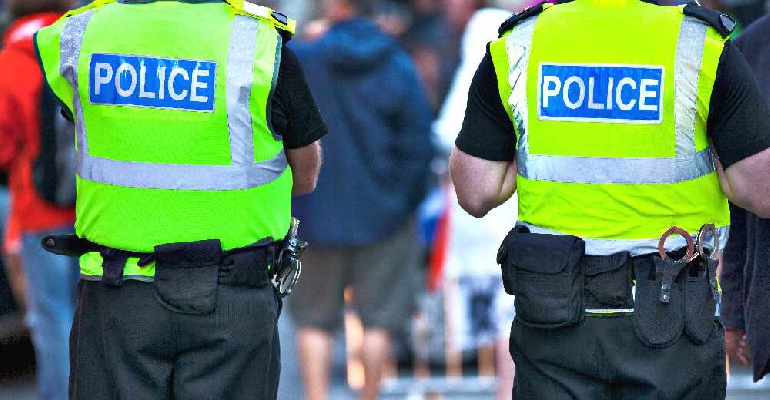 Teenager Sentenced For Planning Isle Of Wight Festival Terrorist Attack
Teenager Sentenced For Planning Isle Of Wight Festival Terrorist Attack
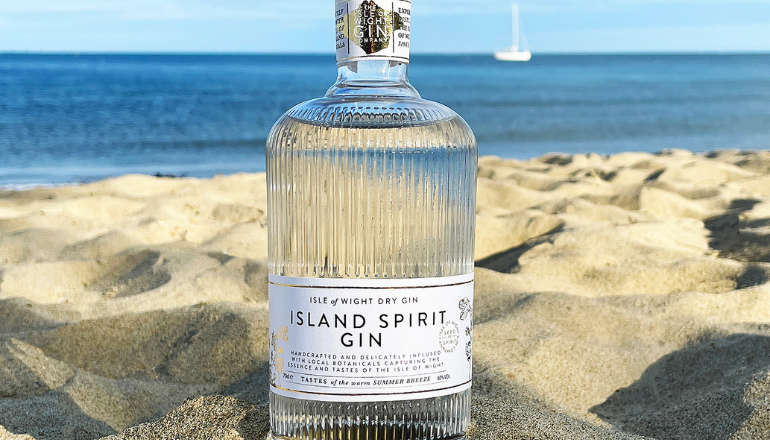 Isle Of Wight Gin Company Wins Medal At 2024 London Spirits Competition
Isle Of Wight Gin Company Wins Medal At 2024 London Spirits Competition
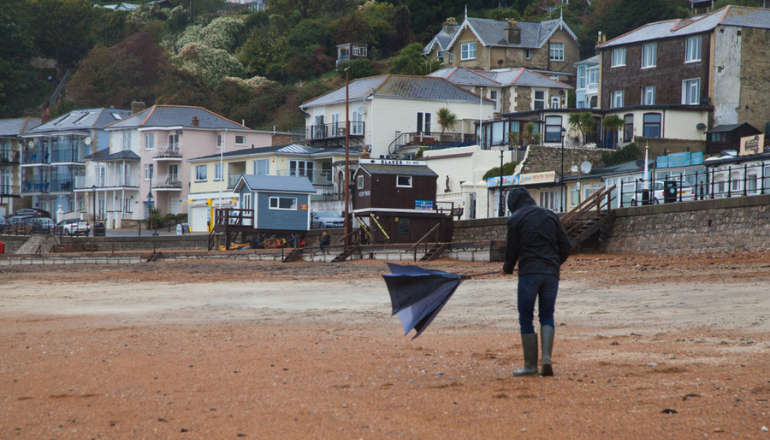 Yellow Weather Warning Issued For Isle Of Wight
Yellow Weather Warning Issued For Isle Of Wight
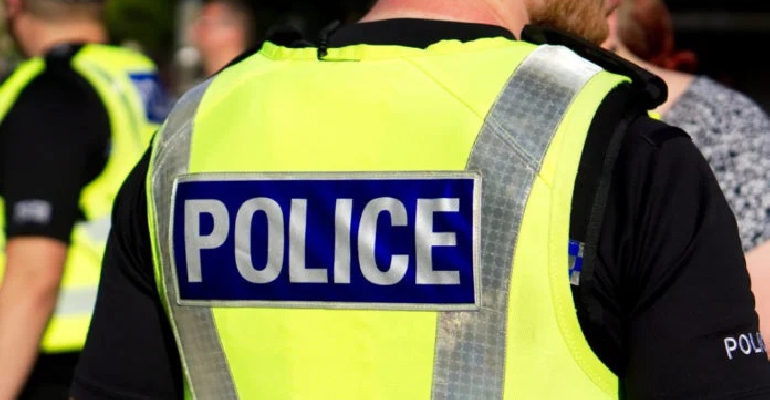 Police Confirm Bembridge Beach Discovery 'Not Human Remains' Despite Reports To Contrary
Police Confirm Bembridge Beach Discovery 'Not Human Remains' Despite Reports To Contrary
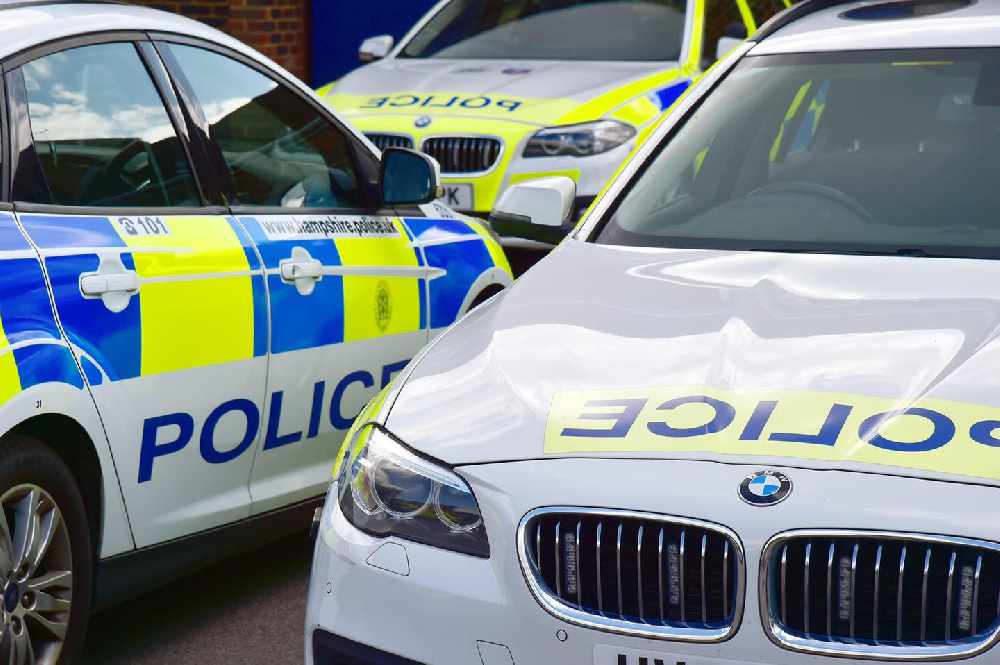 Police Investigation Updated Following Discovery Of Body
Police Investigation Updated Following Discovery Of Body
 Spitfires To Soar As Part Of D-Day Commemoration At IW Armed Forces Day
Spitfires To Soar As Part Of D-Day Commemoration At IW Armed Forces Day
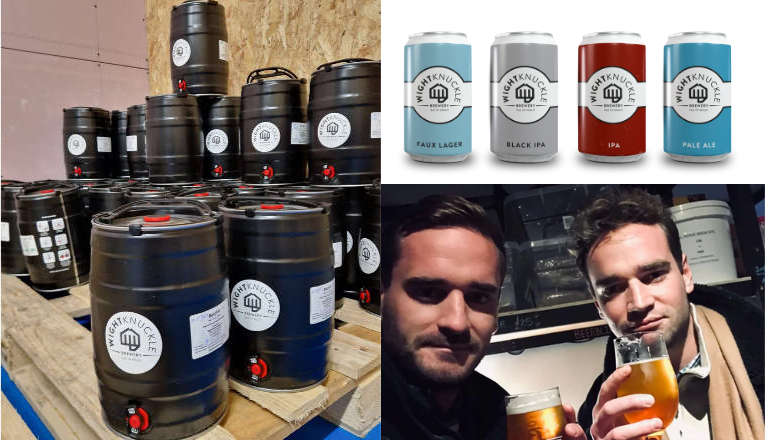 Another Accolade For Wight Knuckle Brewery At National Independent Beer Awards
Another Accolade For Wight Knuckle Brewery At National Independent Beer Awards
 Uninsured, Unlicensed And Unruly: Man Charged Following Newport Collision
Uninsured, Unlicensed And Unruly: Man Charged Following Newport Collision
 Monitoring Equipment To Be Installed On Leeson Road Next Week
Monitoring Equipment To Be Installed On Leeson Road Next Week
 Free Swimming Sessions Available For Isle Of Wight Residents
Free Swimming Sessions Available For Isle Of Wight Residents
 MISSING: Alan Souter, 62, From Freshwater
MISSING: Alan Souter, 62, From Freshwater
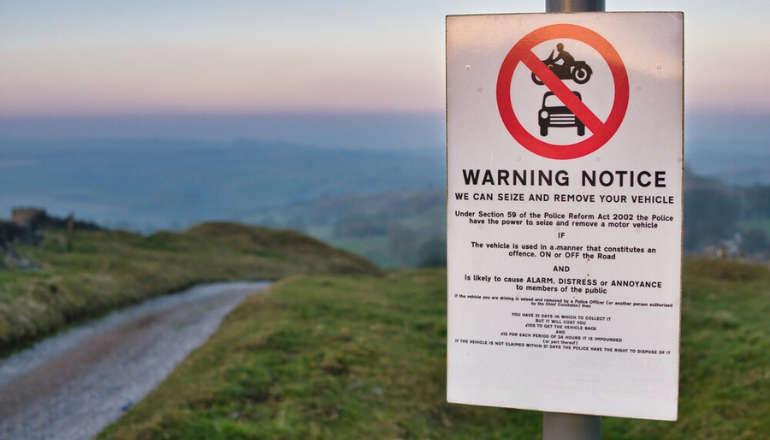 More Than 2,500 Vehicles Seized Across Hampshire And Isle Of Wight
More Than 2,500 Vehicles Seized Across Hampshire And Isle Of Wight
 Hampshire And Isle Of Wight Police And Crime Commissioner Candidates Revealed
Hampshire And Isle Of Wight Police And Crime Commissioner Candidates Revealed
 Grounded Yacht Leads To Cowes Lifeboat Launching
Grounded Yacht Leads To Cowes Lifeboat Launching


